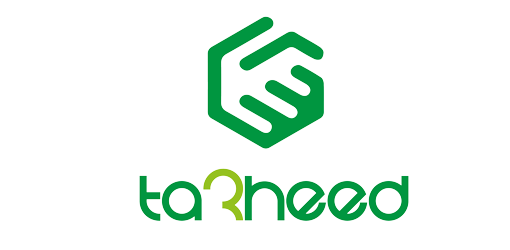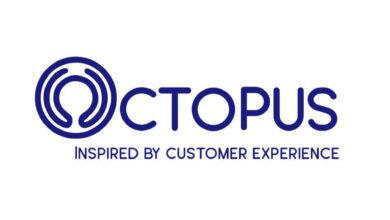Average Handle Time (AHT)… The Old Metric That Still Rules Call Centers

Despite the evolution of performance measurement tools and the increased focus on customer experience in recent years, the Average Handle Time (AHT) metric still retains its position as one of the most critical operational standards in call centers and Business Process Outsourcing (BPO) companies.
This simple-to-calculate indicator directly reflects the efficiency of operations, the level of team organization, and its impact on cost and service quality.
AHT measures the duration a customer service agent spends handling a single call from start to finish. This includes the time spent talking with the customer, hold time, and the After Call Work (ACW) period dedicated to entering data or writing notes into the system.
Although its primary goal is to measure operational efficiency, some argue that it no longer accurately reflects the quality of the human experience within call centers.
In past years, opinions criticizing this metric have spread, deeming it outdated or limited in effectiveness. This is because pressure to achieve low time rates might push employees to end calls quickly without fully ensuring the problem is resolved.
This could lead to repeat calls from the same customer or a general drop in service satisfaction. For this reason, many organizations have resorted to focusing on other metrics such as Customer Satisfaction (CSAT), Net Promoter Score (NPS), and First Call Resolution (FCR), which are measured from the customer’s perspective, not the time perspective.
Yet, despite all the controversy, AHT retains its importance because it provides an accurate view of overall operational performance and is an essential tool for resource planning and cost control.
In call centers that handle thousands of calls daily, reducing AHT by just a few seconds can save huge amounts of money annually.
Every second saved at the level of a single call translates into improved operational efficiency and a reduction in the total cost per interaction.
Furthermore, a rise in AHT sometimes represents an early warning sign of a systemic defect in the operational system, whether due to slow technical systems, lack of training, or poor access to information.
Therefore, major companies rely on continuous monitoring of this indicator to identify weaknesses and improve the work environment or technical support tools.
In outsourcing companies, this monitoring is crucial because they deal with clients from multiple sectors, making time and quality management a highly sensitive matter.
The real challenge lies in achieving a balance between speed and quality. Reducing call duration should not come at the expense of customer comfort or solution completeness.
When AHT is used alongside metrics like CSAT and FCR, it becomes a more mature tool that helps managers understand the relationship between service speed and experience quality.
The ultimate goal is not only to end the call in record time but also to ensure the customer leaves the experience satisfied and reassured.
In recent years, outsourcing companies have begun integrating Artificial Intelligence tools and voice analytics with AHT monitoring.
This allows them to measure customer sentiment during the call or identify points that lead to unproductive call elongation.
These solutions help managers make more precise decisions regarding training, improving agents’ knowledge content, or even automating some repetitive processes to save time without affecting human interaction.
Industry experts say that AHT is no longer just a number; it has become a strategic indicator that reflects the organization’s efficiency in managing the customer experience.
Every second within a call represents an opportunity to build or lose customer trust, and every extra minute can be the cost of a training shortcoming or weak technical tools.
Companies that succeed in this balance can achieve dual gains: cost reduction and improved customer loyalty simultaneously, which is the essence of success in today’s call center outsourcing world.







